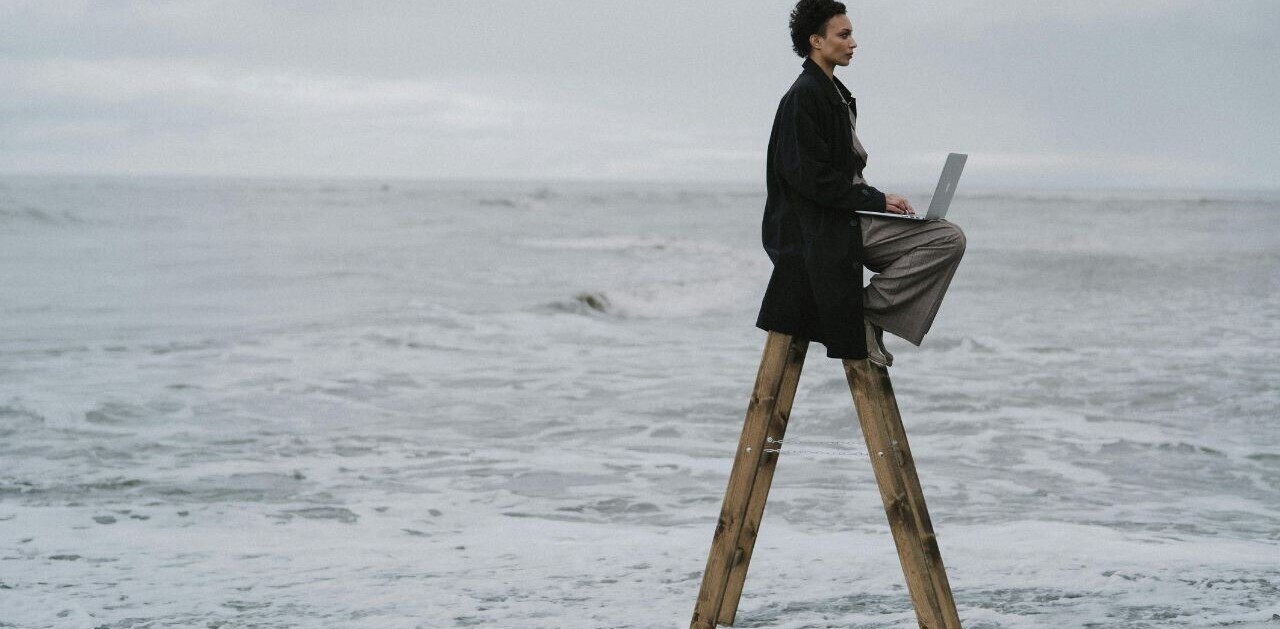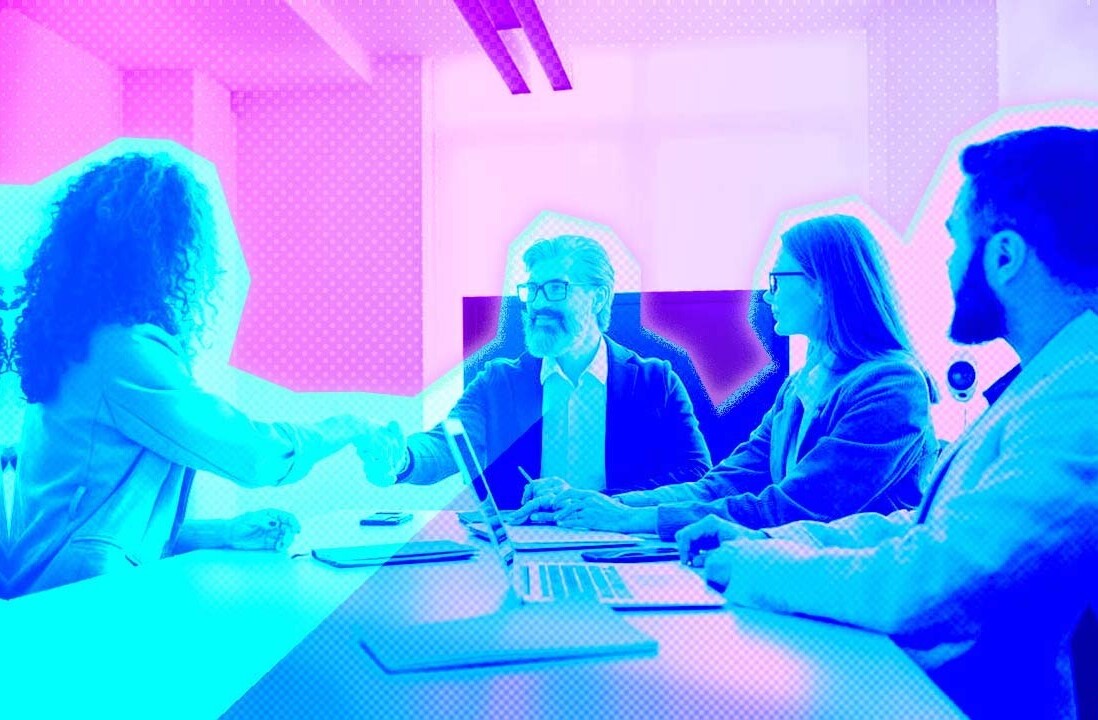
More than ever before, there is a high demand in the workforce for an increased emphasis on education in mathematics and sciences for school-age students. After all, two-thirds of all available jobs will require postsecondary critical thinking and problem-solving skills that are obtained in math and science classes by 2020.
To best serve the younger generation who will soon enter the workforce, STEM education should be available in every school. The areas of greatest concern lie in rural America. Some 8.9 million students, or about 20 percentof the public school population, attend rural schools. Rural students often do not have equal access to technologies, institutions, and class offerings as those who live in urban areas.
Starting young
Most students will not grow to have passion for STEM subjects without being exposed to it through schooling. Educators now understand that children need to be introduced to STEM subjects as early as possible to create a lifelong interest in it. Making it accessible to rural students would be greatly improved with the presence of technology, however, it can be fostered with simple math activities, science experiments, and even a variety of STEM games that can be found online.
According to a recent piece published by The 74 Million, “a quarter of high schools with the highest percentage of African-American and Latino students don’t offer Algebra II — a prerequisite for many higher-level STEM courses — and a third of these schools do not offer chemistry.” The key to opening up STEM to all students, in particular those of color and in rural areas, is having teachers open those pathways.
However, one of the struggles is keeping those who are qualified to teach in education.
Creating STEM leaders
Recruiting educators to rural areas can be a challenge—let alone educators well-versed in STEM. Although the pay may be equal or better in some cases, the lack of available resources in such areas remains unappealing to many teachers.
As a result, students potentially go through their entire educational career without being exposed to a diverse group of educators. Creating a diverse workforce in STEM fields sets a leading example for the students exposed to women scientists, mathematicians with disabilities, and culturally diverse engineers. It sends a clear message to students that there isn’t a strictly defined mold for those who can be successful in STEM.
Expanding on technology
Many of those in the current rural workforce fear the continuing evolution of technology—in particular, the rise of artificial intelligence. This is particularly true for rural areas where mill workers, oil riggers, and ranchers are either seeing their jobs being automated or are spending a fortune on new technology to keep up with their competition.
Promoting STEM education in rural America can help to create a new type of worker: experts who can engineer and repair the AI-powered technology that has been implemented within rural communities. The future may not look so different from what was proposed in the movie Interstellar: A farmer with AI-powered harvesters, who has to fix the machines when they go haywire and start moving counter to their programming.
Further, there is a “homework gap” in rural America. In many rural communities, there is no high-speed internet, except possibly at the school, limiting students’ ability to do homework at home. According to an April 2018 report from the Department of Education, some 18 percent of 5-17-year-old students in “remote rural” districts lack broadband access at home. This drops to 13 percent in cities and only 7 percent in the suburbs. A congressional report notes that, in total, this means about 12 million children suffer from the homework gap.
Developing new strategies
We must assess rural school districts to determine how to best serve each student population. Evaluating the number of available advanced math and science classes can help administrators to make decisions moving forward. If there is a high interest or need for certain classes, districts must consider their options. While sending rural educators to professional development courses can help, it is a costly option, especially as needs change over time.
Instead of sending rural educators to participate in training courses, investing in the technology for students to take online classes may be a better long-term solution. This is particularly helpful if there are very few students eligible to sign up for AP courses.
To these ends, schools can look into STEM education grants. With both federal and national private grants available, any rural school can apply. These can start, extend, or upgrade STEM classes with funds that otherwise might not be available. Of particular note is NASA free STEM resources for teachers. There may be state-level resources available, as well, such as Arizona’s $10-million earmark from 2018 for providing broadband access to rural areas.
Additionally, doing a local census on the employment opportunities in each rural community can shed light on what schools can do to benefit local economies. In rural communities, support from those who live there is a very valuable asset in achieving progress. Letting rural students fall to the wayside is not an option; after all, one in four public schools is in a rural area. Finding ways to implement STEM learning into all classrooms is proving to be an urgent need, as opposed to vision of the distant future.
This story is republished from TechTalks, the blog that explores how technology is solving problems… and creating new ones. Like them on Facebook here and follow them on Twitter.
TNW Conference 2019 is coming! Check out our glorious new location, inspiring line-up of speakers and activities, and how to be a part of this annual tech extravaganza by clicking here.
Get the TNW newsletter
Get the most important tech news in your inbox each week.





